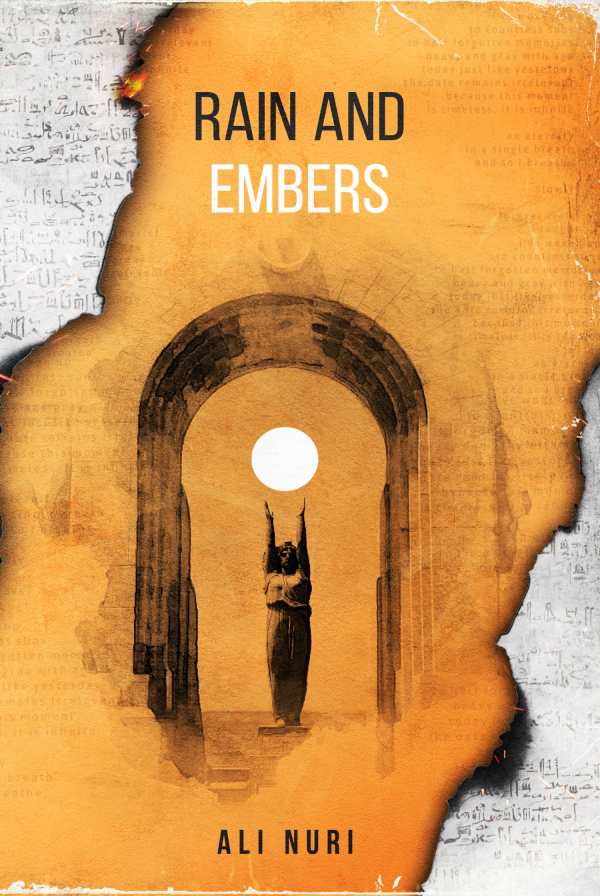
Rain and Embers
The moving poems collected in Rain and Embers focus on displacement and the search for one’s place in the world.
Iraqi refugee-turned-American citizen Ali Nuri’s lyrical poetry collection Rain and Embers focuses on his quest for belonging, stability, and a sense of home.
Within the book, narrative poems come together and function almost like a memoir, conveying what it was like for Nuri’s family to flee persecution under Saddam Hussein’s regime only to encounter more hostility abroad. They also delve into the dualities faced by displaced people caught between the East and the West. Flux, fractured identities, and the unending search for a sense of belonging are all repeat themes. The book’s entries are grounded in emotion and express universal feelings.
Beyond themes of displacement, the poems include topics like what it’s like to live in a refugee camp and to be granted asylum to the United States, as well as coping with racism, discrimination, and painful breakups. “The Undesirables,” which outlines religious persecution, is heartfelt and intimate; “Rot” focuses on the emptiness felt by refugees who move from town to town, while “Forced Pilgrimage” is about the rootlessness of the nomadic life. Most entries run between one page and three pages long; all focus on weighty issues.
The poems make use of elevating techniques including alliteration and assonance. Their word choices are emotive and lean, and powerful metaphors are used to convey experiences in an evocative way. One poem describes its medium as an “alphabet of hurt”; another speaks of isolation as like the experience of peering into a “sea of silhouettes.” In “Gravity,” a romantic mismatch is
an event horizon
a heaviness not meant to be radiant
eating stars as they come to orbit my being.
Recurring motifs include event horizons and black holes, creation and destruction, light and dark, and fire and water, framing these personal poems in a broader way and viewing events through philosophical and metaphysical lenses.
Within the book, narrative poems are followed by abstract entries focused on the creative process and other broader themes, fraying the autobiographical through line; some shifts are abrupt. Most poems are written in a free verse style that suits their confessional nature. The book’s experimental techniques—dashes within words; words spelled out vertically and partial acrostics for emphasis; crossed out words—prompt powerful responses, though a few are forced.
The moving poems collected in Rain and Embers focus on displacement and the search for one’s place in the world.
Reviewed by
Joseph S. Pete
Disclosure: This article is not an endorsement, but a review. The publisher of this book provided free copies of the book and paid a small fee to have their book reviewed by a professional reviewer. Foreword Reviews and Clarion Reviews make no guarantee that the publisher will receive a positive review. Foreword Magazine, Inc. is disclosing this in accordance with the Federal Trade Commission’s 16 CFR, Part 255.
